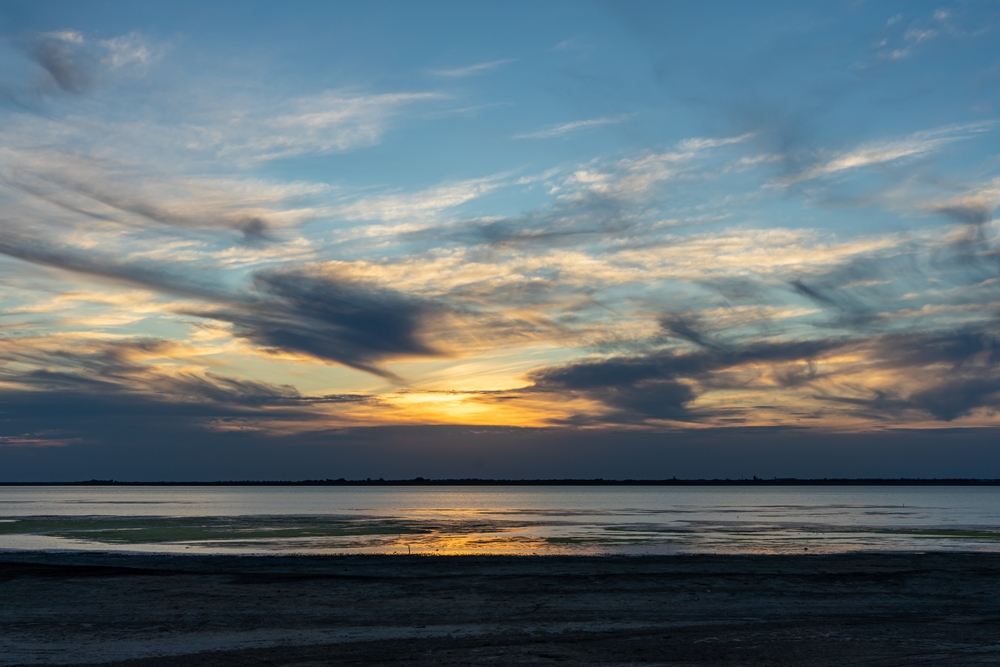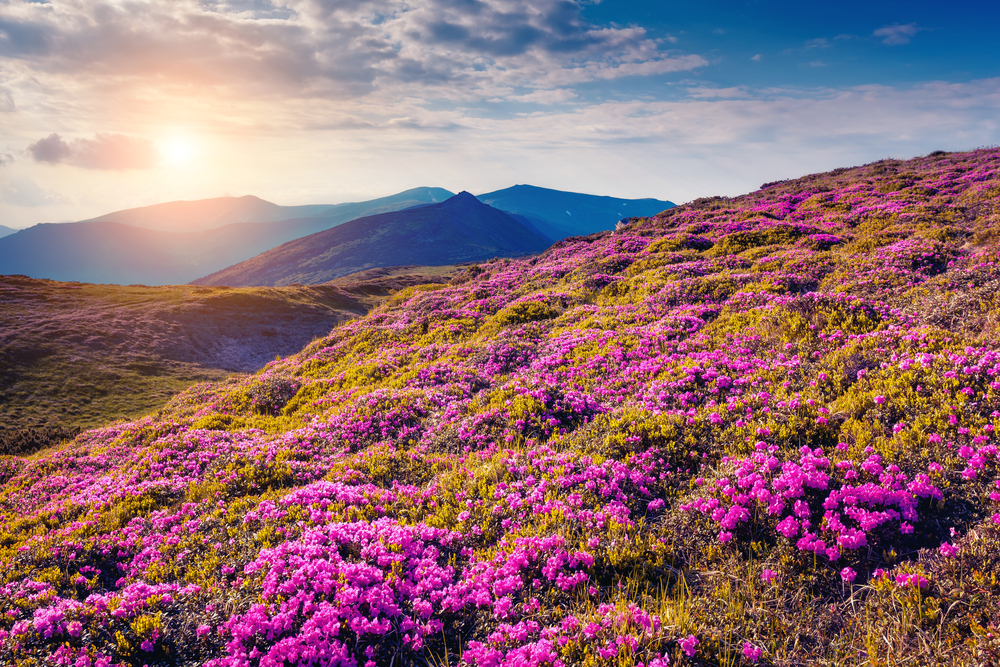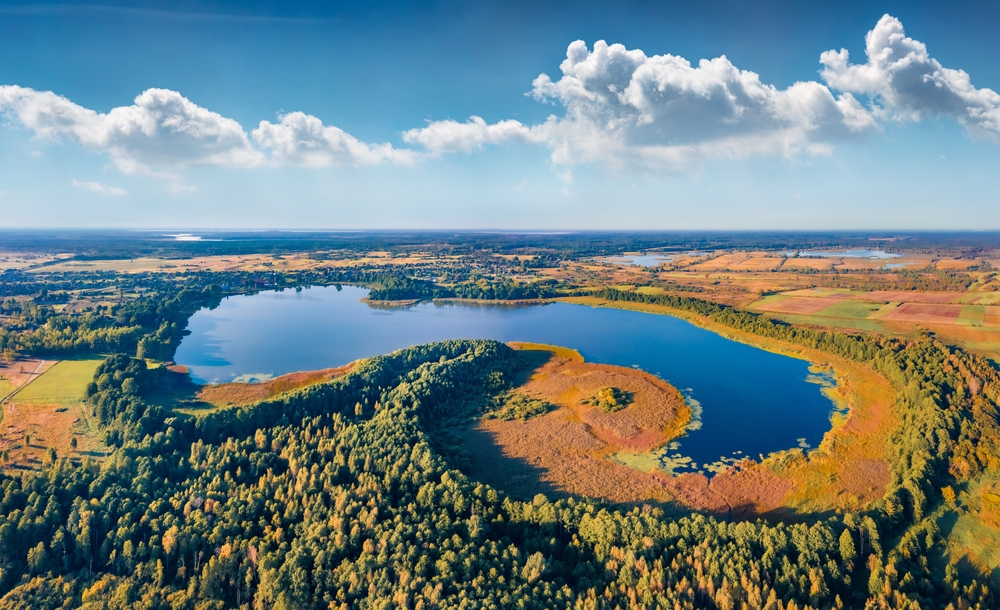Tuzly Lagoons Overview
Tuzly Lagoons National Park, known locally as Тузлівські лимани національний природний парк, is a coastal protected area in Ukraine, covering approximately 77.5 square miles (200.7 square kilometers).
It is located in the Odessa region along the Black Sea coast, encompassing a network of shallow lagoons and sandbar islands. The park’s landscape is dominated by saline lakes, reed beds, and sand dunes, with narrow strips of coastal land separating the lagoons from the open sea.
The Tuzly Lagoons, which include Alibey, Burnas, and Shagany, are the defining feature of this unique wetland system, providing an essential habitat for a diverse range of flora and fauna. The vegetation consists mainly of halophytes, salt-tolerant plants that thrive in the park’s brackish environment, along with reed marshes, steppe grasses, and patches of coastal shrubland.
The park is renowned for its rich biodiversity, particularly its birdlife, making it an important site for ornithologists and nature lovers. Tuzly Lagoons serve as a critical stopover point for migratory birds traveling along the East Atlantic Flyway. Species such as Dalmatian pelicans, great white pelicans, glossy ibises, and Eurasian spoonbills can often be seen wading in the shallow waters.
The lagoons also support large flocks of flamingos during migration periods. Raptors such as white-tailed eagles and marsh harriers patrol the skies, while waders and waterfowl, including avocets, sandpipers, and greylag geese, make use of the mudflats and reed-lined shores. Mammals are less common but include species such as the European otter, wild boar, and steppe polecat, which rely on the park’s wetland and grassland habitats.
Visitors are drawn to Tuzly Lagoons National Park for its untouched natural beauty and opportunities for birdwatching, eco-tourism, and scientific research. The park’s remoteness makes it an ideal destination for those looking to experience Ukraine’s coastal wilderness away from the more developed tourist areas.
Boat excursions allow visitors to explore the lagoons up close, offering prime viewing opportunities for birdwatching and photography. Guided nature walks provide insight into the park’s delicate ecosystem, while some areas allow for kayaking, offering a more intimate experience with the waterways. The surrounding steppe landscape and coastal dunes also offer scenic hiking opportunities.
Despite its status as a protected area, the park faces several conservation challenges, including illegal fishing, poaching, habitat degradation due to agricultural runoff, and climate change-related impacts such as rising sea levels and increasing salinity.
Efforts to restore the park’s ecosystems include wetland restoration projects, stricter regulations on human activity, and the creation of buffer zones to minimize pollution. Conservation programs aimed at protecting key species, particularly rare and endangered birds, have seen some success in maintaining stable populations.
Local and international environmental organizations work in collaboration with the park’s management to ensure the preservation of its unique habitats while promoting sustainable tourism initiatives that benefit both wildlife and local communities.












































































